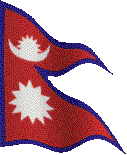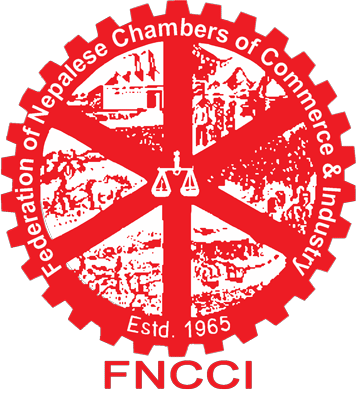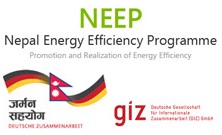Sector Highlights
 Hotels are basic infrastructural facility needed for the tourism industry. The tourism sector of Nepal is recognized to be an important pillar of the countries' economy. Nepal's tourism industry earned US$ 330 million in 2010 and was one of the highest contributors of foreign exchange reserves. A total number of 789 hotels are providing 30,042 beds for hospitality.
Hotels are basic infrastructural facility needed for the tourism industry. The tourism sector of Nepal is recognized to be an important pillar of the countries' economy. Nepal's tourism industry earned US$ 330 million in 2010 and was one of the highest contributors of foreign exchange reserves. A total number of 789 hotels are providing 30,042 beds for hospitality.
Hotels use both electrical energy and thermal energy to provide services to its guests. Main energy sources of hotels are electricity, diesel and liquefied petroleum gas (LPG). Electricity is supplied to the hotels by Nepal Electricity Authority (NEA). However, due to increasing power outage most hotel have their own diesel-powered backup system for electricity. Diesel and LPG supplied through Nepal Oil Corporation (NOC) is the major source of thermal energy to the hotel industries of Nepal.
According to Hotel Association of Nepal (HAN) business in the hotel industry has grown by nearly 15% in the fiscal year 2009/10 as compared to previous years. The hotel industry is considered to have the highest local private sector investment in Nepal with a recorded investment of around Rs 100 billion. HAN has under its umbrella, 8 five-star, 3 four-star, 12 three-star, 22 two-star and 18 one-star hotels and 165 non-star, four allied and 33 resorts.
The numbers of star and non-star hotel have steadily increased during the last year (see table below). As per data from 2010 there are 103 star-rated and 686 non-star hotels providing a total number of 30,042 bed to Nepal's visitor.
Table 1: Scenario of Hotels and Hotel Beds (Economic Survey 2010/11)

Energy use
Main sources of energy used in the hotels in Nepal are electricity, diesel oil, LPG and rice husk in some of the hotels. Diesel oil and rice husk is used for generation of steam or hot water. LPG is used in the kitchen for cooking purposes and electricity is used mainly for operation of refrigeration & air conditioning system, lifts and lighting. Approximate share of electrical and thermal energy used in a typical star-rated hotel is presented below. One can see that electricity has with almost 60 % the highest share of energy consumption followed by Diesel (25 %) and LPG (12 %).

Figure : Energy use in a typical star-rated in Nepal (GIZ/NEEP, 2012)
Baseline study undertaken by NEEP/GIZ in 2011 for the hotel sector has found the specific energy consumption by hotel Industries as illustrated in the table below:
Table 2: Specific energy consumption of surveyed hotels in Nepal (GIZ/NEEP, 2012)

References
- GIZ/NEEP, 2012: Baseline Study of Selected Sector Industries to assess the Potentials for more efficient use of energy.



